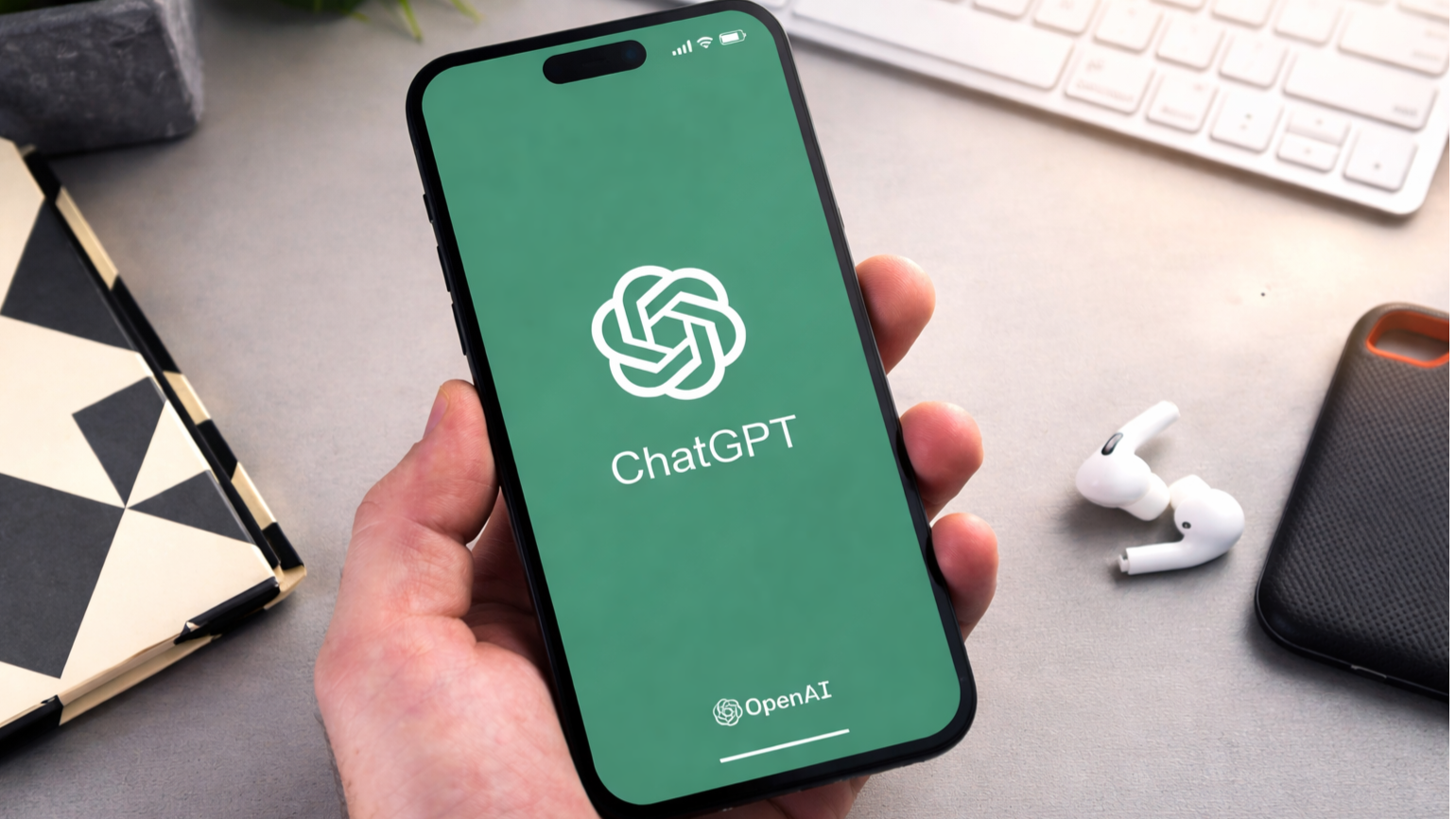Apple Glasses: everything we know so far
We've found all the rumors about Apple's rumored smart glasses
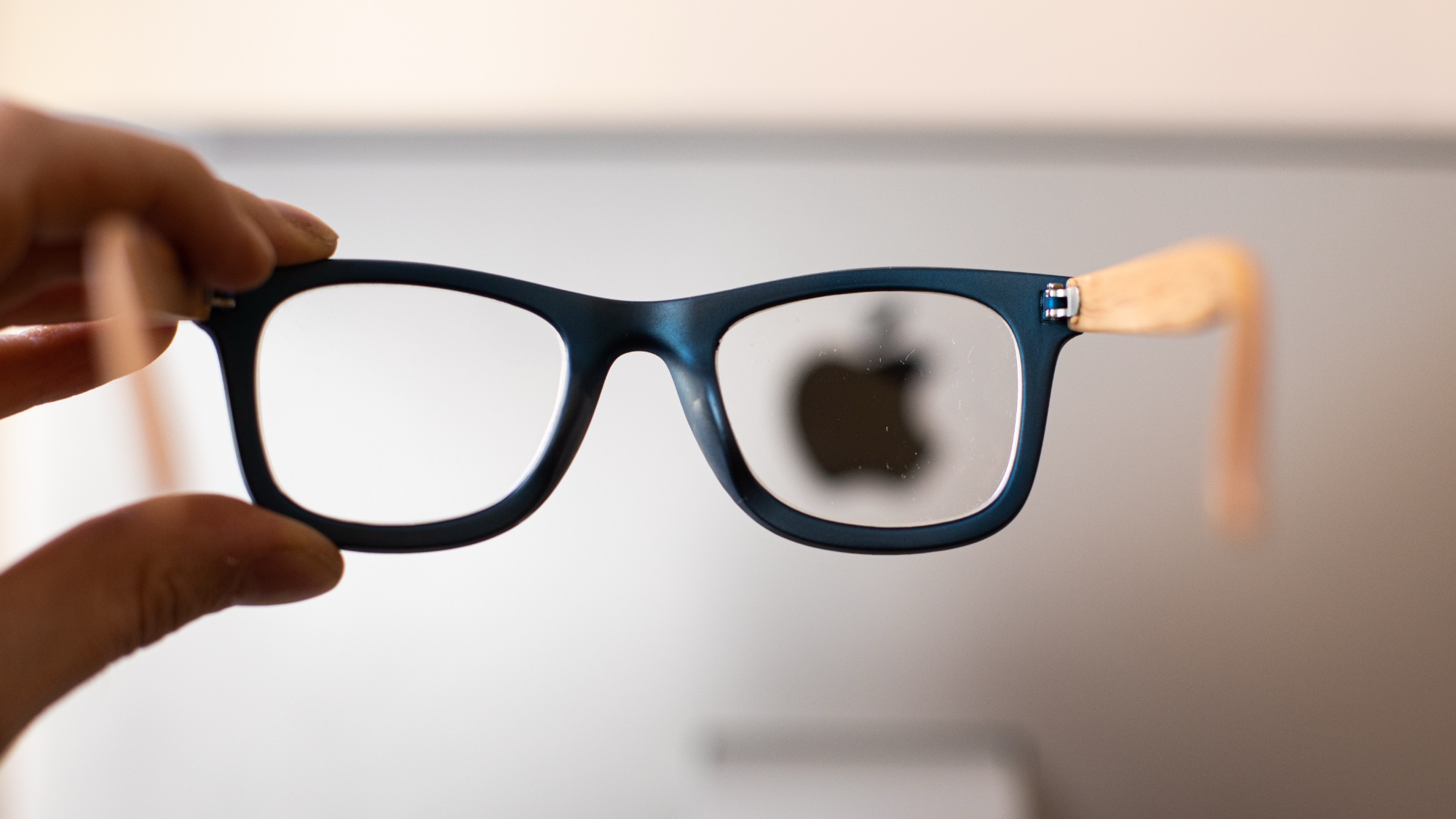
Apple’s glasses have been a persistent rumor for a while now, but with leaks and rumors emerging piecemeal over several months, it can be challenging to keep track of everything.
While Apple may be one of the biggest names in tech, it tends to lag behind in adopting certain innovations. For instance, it is one of the few phone makers that doesn't offer a foldable phone. The same was true of VR headsets; however, this issue was eventually addressed with the Apple Vision Pro.
While there was a lot to love about Apple's headset, it wasn't exactly inexpensive (or very comfortable to wear while walking down the street). As such, there's certainly a place in the market for Apple's own range of smart glasses, which are both stylish, easy to wear and offer a wealth of features.
However, there’s a lot of competition when it comes to the best smart glasses, so Apple will need to bring its A-game.
Updated October 3
• Apple Glasses tipped for a 2026 reveal
• Apple could scrap the lighter Apple Vision Pro for glasses
• Samsung Securities believes Apple's AR glasses will launch in 2027 at the earliest
• Apple is reportedly going all in on Apple Glasses with custom chips
Apple Glasses: Rumored release date and price

We have heard that Apple Glasses are currently at the forefront of Apple CEO Tim Cook’s mind, with a recent report stating that he was “obsessed” with developing a pair of smart glasses. The big question is when we can expect to see such an item and how much it will eventually cost.
The closest rumor we heard was from Bloomberg’s Mark Gurman, who stated that Apple was planning to release two variants of the Apple glasses. The first, rumored to be called the N50, is reportedly targeting a 2027 release. This version could debut alongside AirPods with integrated cameras. A well-known source reiterated this release date, Ming-Chi Kuo. Meanwhile, the second version could launch as late as 2028.
In another report, Gurman indicates that the glasses are now taking priority as the company's next major head-mounted device release. The report claims that Apple is expected to announce its new smart glasses in 2026, although it reiterates a later release date.
Get instant access to breaking news, the hottest reviews, great deals and helpful tips.
When it comes to cost, there are several different possibilities. For instance, we had heard from Jon Prosser of Front Page Tech that the glasses could be as cheap as $499, alongside prescription fees. However, this does seem to be a very low starting point, but it would make the glasses much more accessible.
However, that report was back in 2020, and considering the latest meta glasses are expected to cost around $1,000, this seems unlikely.
Apple Glasses: Style
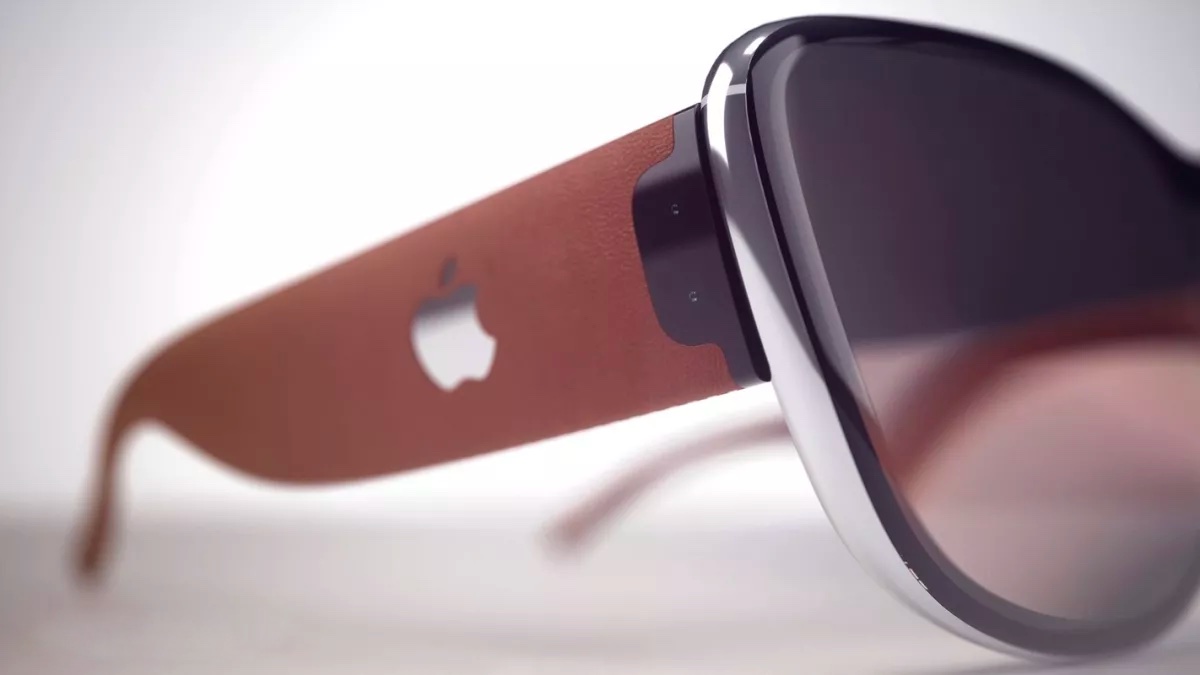
In terms of design, we don’t have a lot of hard evidence to work with just yet. Reportedly, the most recent prototype looks like a pair of plastic goggles, although marketing materials have suggested a look reminiscent of something Clark Kent would wear. However, we do have some idea of what to expect from the glasses.
According to reports, Apple is planning to offer multiple frame and material options to users, allowing the glasses to feature as more of a fashion accessory compared to the Apple Watch. Users will reportedly be able to choose their preferred color, as well as select either metal or plastic frame options.
One question many will have is how slim the glasses will be, especially considering what Apple manages with the iPhone Air. There are indications that Apple is looking towards 3D printing technology to help with the construction, but we haven’t heard precisely what hardware will need to be included, so the weight and bulkiness are a bit up in the air at the moment.
However, it seems that the glasses will reportedly feature both a camera and microphones, as well as offering both normal lenses and sunglasses. Considering the Apple Vision Pro also offered prescription lenses, we would imagine the same will be true here. Finally, it appears that the glasses will feature an LED light that illuminates when recording.
Apple Glasses: Hardware

Having a pair of Apple-branded glasses might be a draw for some, but it’s redundant if they don’t offer the performance we would expect. On that note, we have some idea of what Apple’s smart glasses will actually be capable of doing. One of the most prevailing is that the glasses will require an iPhone to function, and won’t be able to operate alone.
Part of this includes utilizing AI, which is a reported feature on the new glasses, with the specs reportedly focusing heavily on Siri and voice commands. This would match Apple’s reported plans to release an overhauled Siri in the spring of next year, which is much needed, considering the issues Apple has had in this area.
We have heard that the chip included in the glasses will be based on the S chip used in the Apple Watch. The advantage of this is that the chip is that it requires less energy than the A and M processors used in iPhones and Macs. Gurman claims that this new chip has been customized to be more power-efficient while also enabling control of the multiple cameras that the glasses could include.
Apple Glasses: features
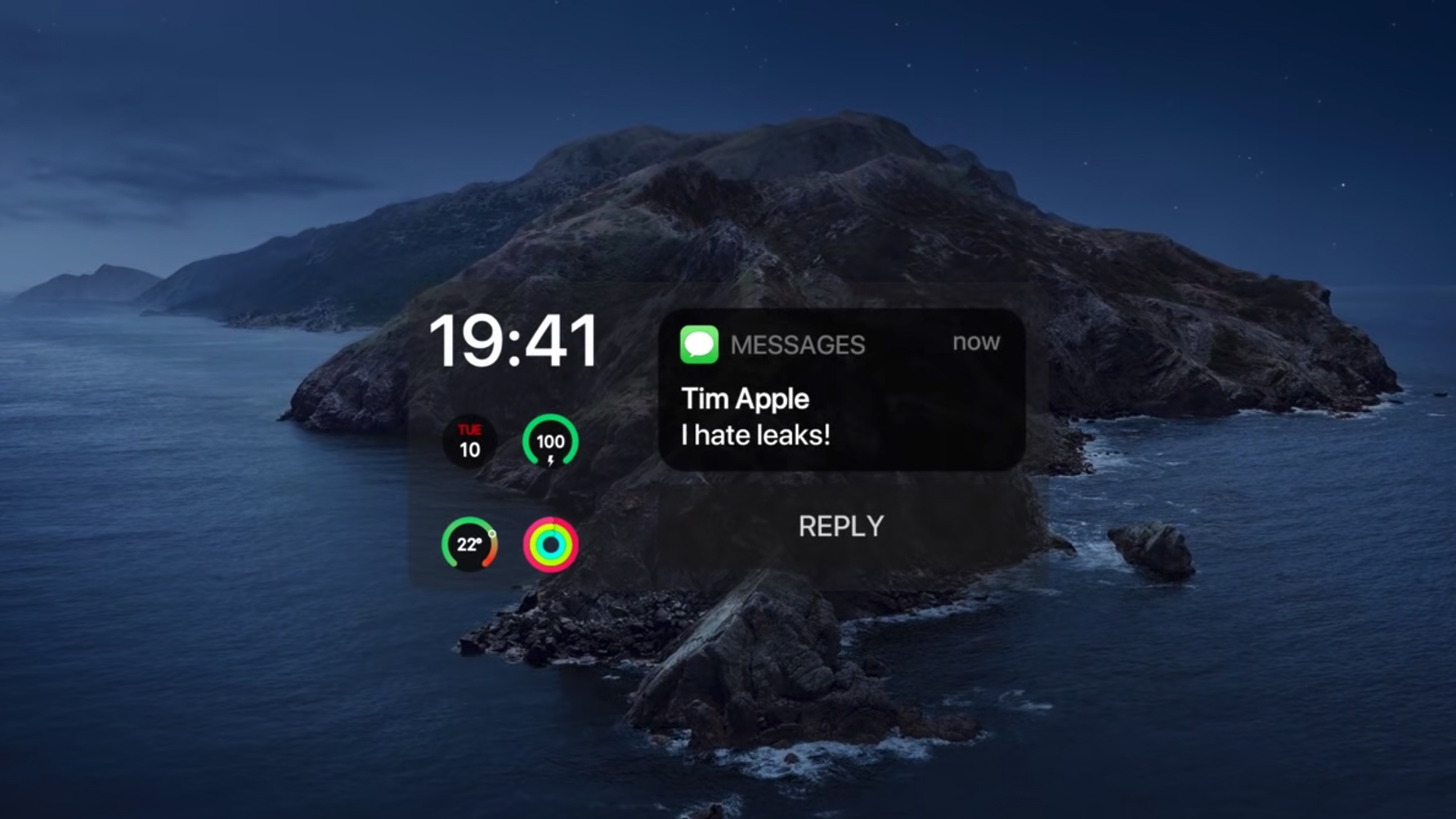
So what can we expect the glasses to actually do when we’re wearing them? So far, the glasses will reportedly offer many of the same AI features, cameras and audio capabilities that we've seen in some of the cheaper smart glasses on the market.
Nothing has been confirmed yet, but we can assume that the glasses will be able to take photos and record video, as well as play audio from your phone. We have also seen patents that indicate the glasses could offer users a more AR-like experience with navigation apps, but at the very least, we’d expect them to offer directions.
Considering the numerous leaks and rumors that mention Apple Intelligence and Siri, we expect a significant amount of integration with the glasses. For instance, we’ve seen rumors that the glasses could use Visual Intelligence to identify plants, animals and landmarks, as well as describe your surroundings and answer questions. We would also hope that the glasses will offer the same translation features that Apple has released with the AirPods 3.
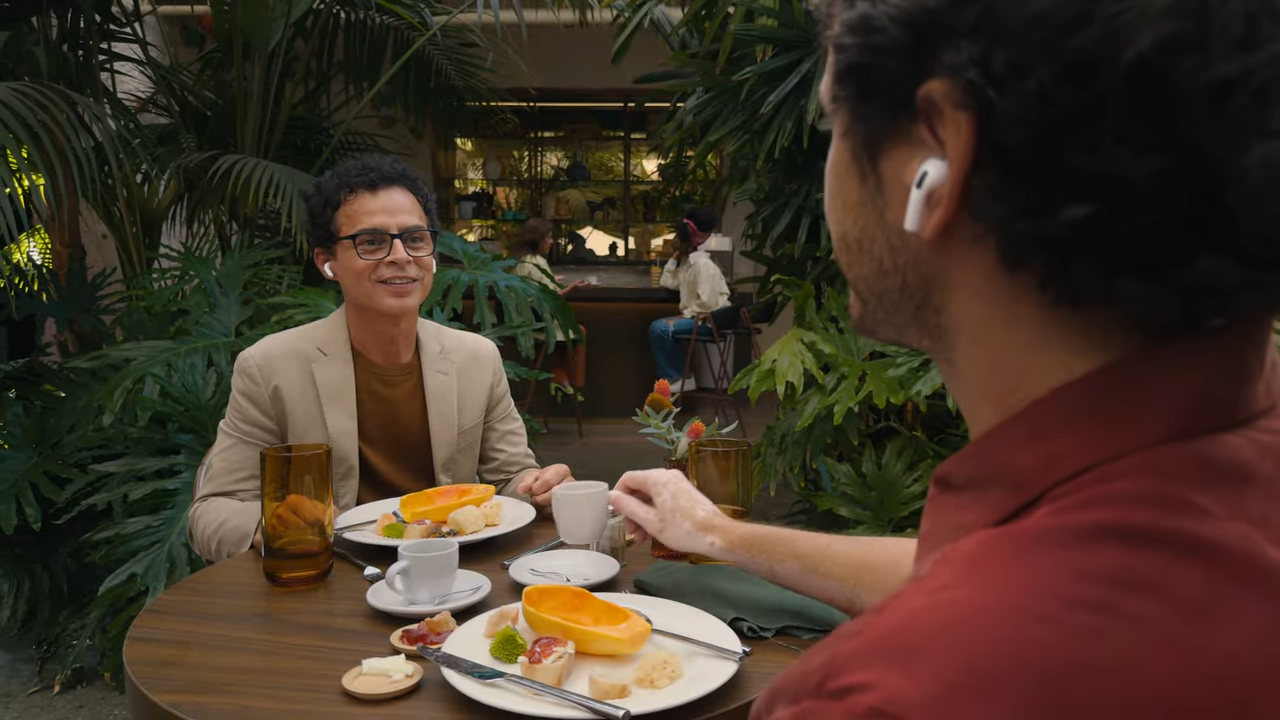
We have also seen several patents regarding eyeglasses, but it is worth noting that a patent does not necessarily mean that a device will have the features. For instance, we have seen a patent that mentions something called “privacy eyeware” that hints that the iPhone's display could be blurred and only clearly visible through a pair of Apple smart glasses; see the patent image above.
Apple Glasses may also be able to track your finger and hand movements more accurately, thanks to some smart rings Apple has patented. Not only will that negate the need for many (if any) external sensors, but the system may be more accurate this way.
Further patent wins for Apple have supported this theory that they will use wearables for a range of features, including support for finger gestures. There has been some speculation that Apple may ditch these extra accessories in favor of AirPods with infrared cameras inside. The idea behind those cameras isn't to take pictures, but to track gestures and movement, which could help control other devices like Apple Glasses.
Apple Glasses: What we would like to see
There are still many rumors about the Apple Glasses, and very little solid information. However, we know what it would take for us to actually wear the glasses.
Glasses that look like glasses: We would like some natural-looking glasses, like the ones in the concepts that you see on this page. I’m sure that Apple wants the same thing. No one wants AR glasses that resemble geek wear.
AR in full 3D: Some people would like just a heads-up display, but the true power of AR comes from full 3D integration. For Apple Glasses to be successful, you should be able to run any iOS AR app that currently works on the iPhone through the wearable device.
At least 8 hours of battery life: Assuming you're not running 3D AR apps all of the time and are periodically looking at notifications and 2D apps in between, Apple should be able to find a way to make Apple Glasses last through an average workday, though it may not happen in the first generation.
More from Tom's Guide
- Samsung's Android XR headset could launch in Korea on October 22
- Meta Ray-Ban Display — 5 features that will actually make them worth $800
- Ray-Ban Meta Gen 2 vs Gen 1: What's the difference?

Josh is a staff writer for Tom's Guide and is based in the UK. He has worked for several publications but now works primarily on mobile phones. Outside of phones, he has a passion for video games, novels, and Warhammer.
You must confirm your public display name before commenting
Please logout and then login again, you will then be prompted to enter your display name.
